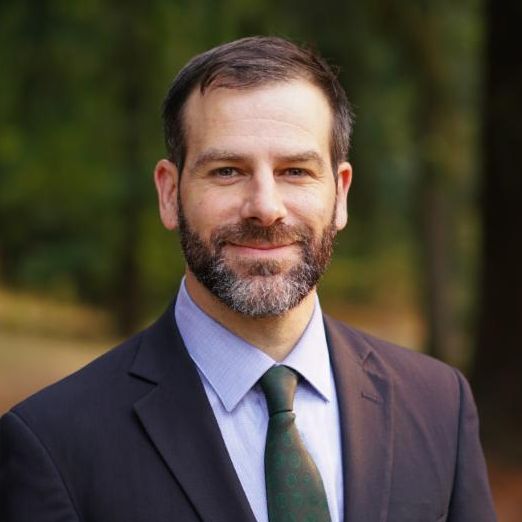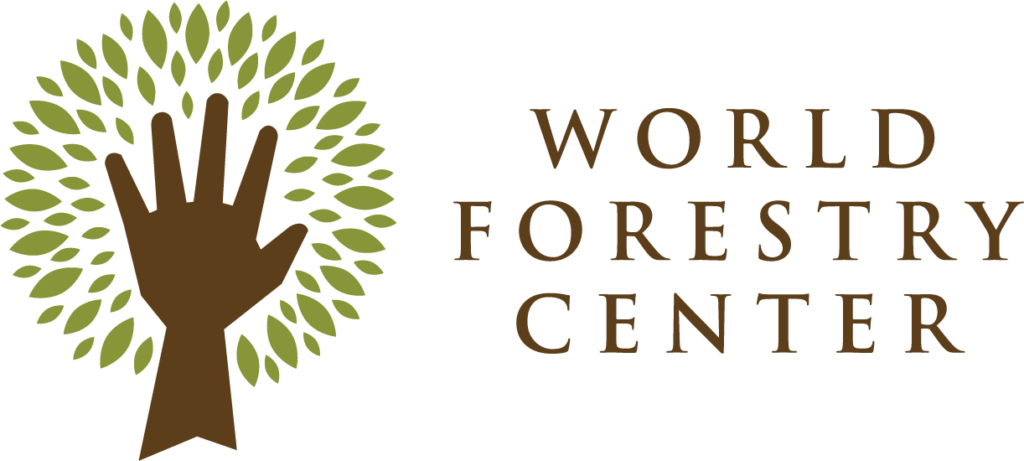
World Forestry Center is focused on the future of forestry.
That future is being shaped by some major external forces. Population growth, climate change, catastrophic wildfires, demographic shifts, and emerging technologies have and will continue to fundamentally change forestry as we know it.
Whether these changes are realized as risks or opportunities depends on who is willing to come together, engage in important conversations on complex issues, and to imagine and invest in what is possible.
That is where World Forestry Center comes in. To shape a society that values and takes action to support the economic, ecological, and social benefits of forests, we’ve started to think about our organization’s work in three parts: Professionals, Public, and Place.
We have programs to drive problem‐solving by current and future forestry professionals. We create events and experiences that connect the public to their interdependence on forests. We steward a place that supports a community of sustainable forestry champions.
This month, much of our energy was focused on professionals. We held our 15th annual Who Will Own the Forest? conference. As one of the largest timberland investment conferences in the world, this event has allowed for problem-solving by professionals for 15 years. Who Will Own the Forest? brings timberland managers, investors, and others together to build community, be inspired, and have those important conversations.
With that in mind, we made a few strategic changes this year. We focused on big issues and moved them up in the program to energize attendees. We tightened the agenda, but increased the opportunities to connect and converse. The resulting event felt energized. Anecdotally, I heard from a lot of people about the changes. Most were positive. Some were skeptical. But everyone was talking.
The future of forestry may be uncertain. But, here at World Forestry Center, we see that as an opportunity. Getting people talking is just the start.
Joseph Furia
Executive Director
